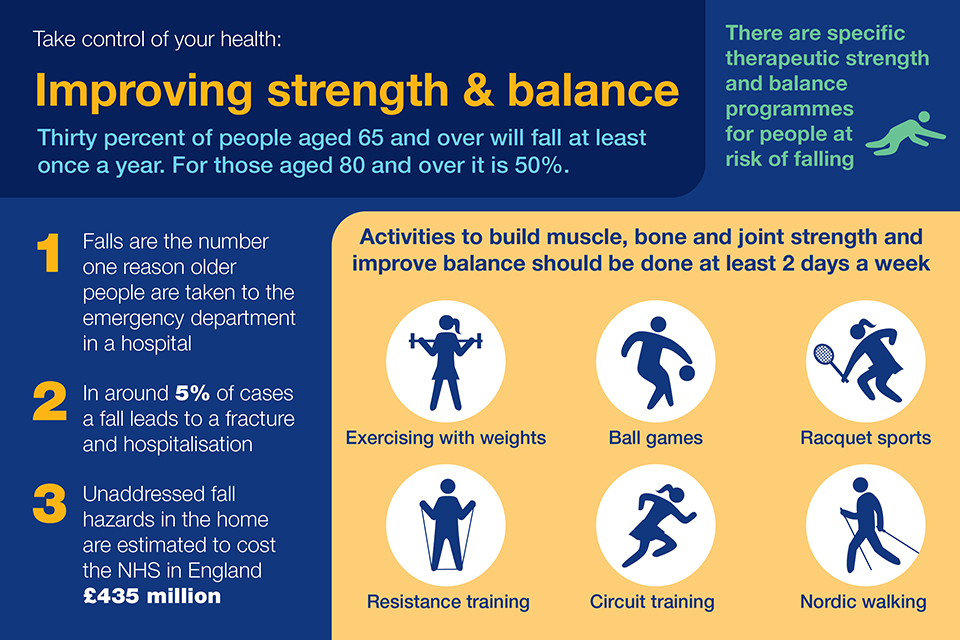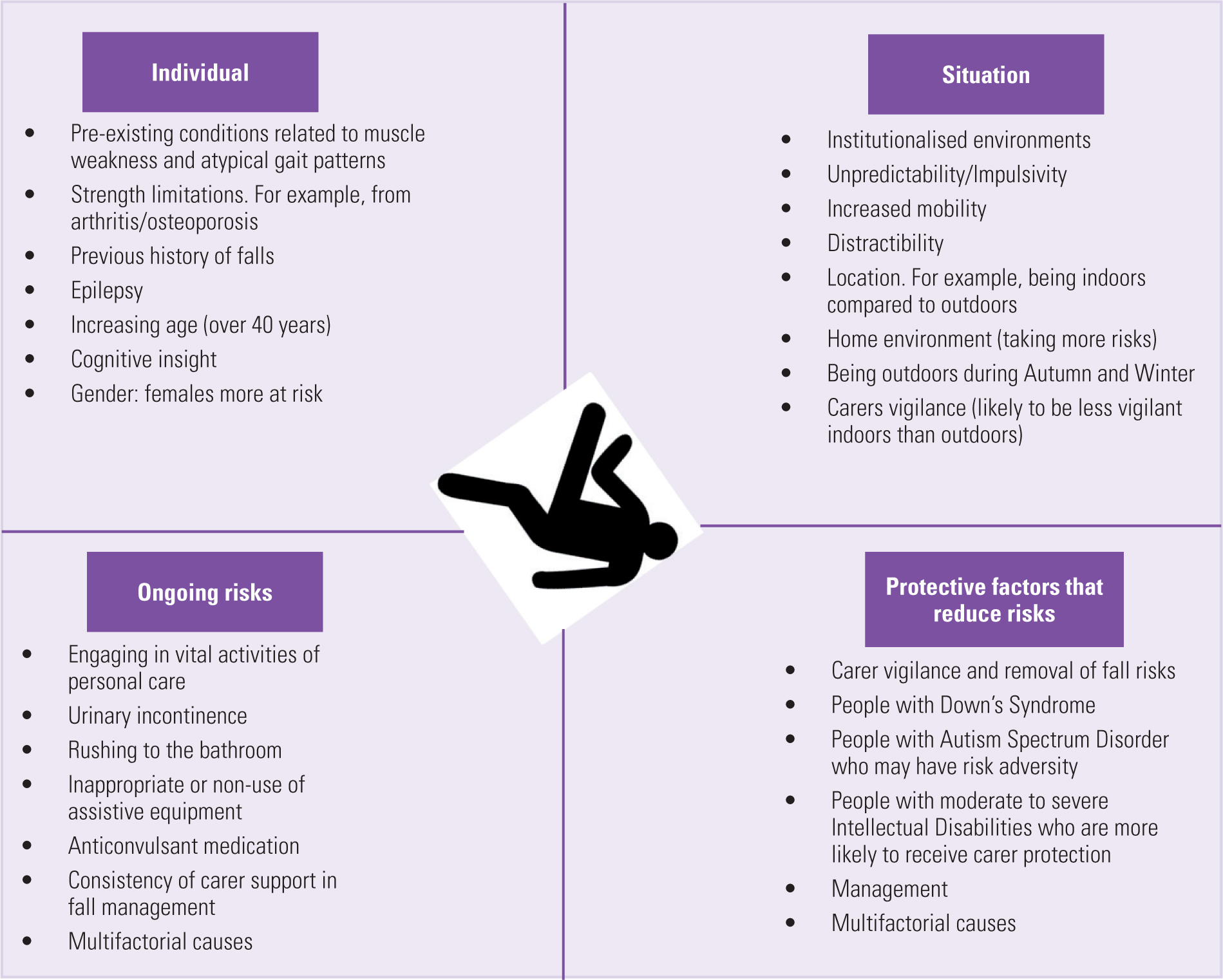Dementia Fall Risk for Dummies
See This Report on Dementia Fall Risk
Table of ContentsAll About Dementia Fall Risk9 Easy Facts About Dementia Fall Risk ExplainedSome Known Questions About Dementia Fall Risk.Some Known Questions About Dementia Fall Risk.
A fall threat assessment checks to see how likely it is that you will drop. The assessment usually includes: This includes a series of concerns regarding your general health and if you've had previous falls or troubles with equilibrium, standing, and/or strolling.STEADI includes screening, analyzing, and intervention. Interventions are suggestions that might lower your threat of falling. STEADI includes three steps: you for your risk of dropping for your threat aspects that can be boosted to try to stop falls (as an example, balance troubles, impaired vision) to lower your danger of falling by utilizing efficient methods (for instance, providing education and learning and sources), you may be asked numerous inquiries consisting of: Have you fallen in the previous year? Do you really feel unsteady when standing or walking? Are you stressed over falling?, your copyright will certainly examine your toughness, equilibrium, and gait, using the following fall assessment tools: This test checks your gait.
If it takes you 12 seconds or even more, it might mean you are at greater danger for a fall. This examination checks toughness and balance.
Relocate one foot halfway ahead, so the instep is touching the big toe of your other foot. Move one foot fully in front of the other, so the toes are touching the heel of your various other foot.
Dementia Fall Risk for Beginners
Most falls take place as a result of several contributing aspects; as a result, handling the risk of falling starts with recognizing the variables that add to fall danger - Dementia Fall Risk. A few of the most relevant risk factors consist of: History of prior fallsChronic clinical conditionsAcute illnessImpaired gait and equilibrium, reduced extremity weaknessCognitive impairmentChanges in visionCertain risky drugs and polypharmacyEnvironmental aspects can also increase the threat for falls, including: Inadequate lightingUneven or harmed flooringWet or slippery floorsMissing or harmed handrails and grab barsDamaged or incorrectly equipped tools, such as beds, mobility devices, or walkersImproper usage of assistive devicesInadequate supervision of the people living in the NF, consisting of those who exhibit aggressive behaviorsA successful fall threat administration program needs a complete scientific analysis, with input from all members of the interdisciplinary team

The care plan need to additionally include interventions that are system-based, such as those that promote a risk-free setting (appropriate illumination, hand rails, grab bars, and so on). The efficiency of the treatments should be reviewed regularly, and the care strategy revised as needed to mirror modifications in the autumn risk evaluation. Executing a loss risk management system utilizing evidence-based ideal practice can minimize the prevalence of falls in the NF, while restricting the possibility for fall-related injuries.
Dementia Fall Risk Can Be Fun For Everyone
The AGS/BGS standard advises evaluating all grownups matured 65 years and older for fall risk every year. This testing contains asking patients whether they have actually dropped 2 or even more times in the previous year or looked for medical interest for an autumn, or, if they have actually not fallen, whether they feel unsteady when walking.
Individuals that have dropped once without injury ought to have their balance and stride assessed; those with stride or equilibrium irregularities should obtain extra evaluation. A history of 1 autumn without injury and without stride or equilibrium issues does not call for more analysis beyond ongoing yearly autumn threat screening. Dementia Fall Risk. A fall danger assessment is required as part of the Welcome to Medicare evaluation

The Dementia Fall Risk Diaries
Recording a drops history is just one of the quality signs for autumn prevention and management. An essential component of threat analysis is a medicine review. Numerous classes of medicines boost autumn risk (Table 2). Psychoactive drugs specifically are independent forecasters of drops. These medications often tend to be sedating, alter the sensorium, and impair equilibrium and stride.
Postural hypotension can commonly be minimized by lowering the dose of blood pressurelowering medications and/or stopping medications that have orthostatic hypotension as a negative effects. Usage of above-the-knee support hose pipe and copulating the head of the bed boosted might also reduce postural decreases in high blood pressure. The recommended aspects of a fall-focused physical exam are shown in Box 1.

A pull time more than or equivalent to 12 secs recommends high autumn danger. The 30-Second Chair Stand test evaluates lower extremity toughness and equilibrium. Being incapable to stand from a chair of knee height without using one's arms indicates increased loss threat. The 4-Stage Equilibrium examination examines static equilibrium by having the patient stand in 4 placements, each gradually much more challenging.